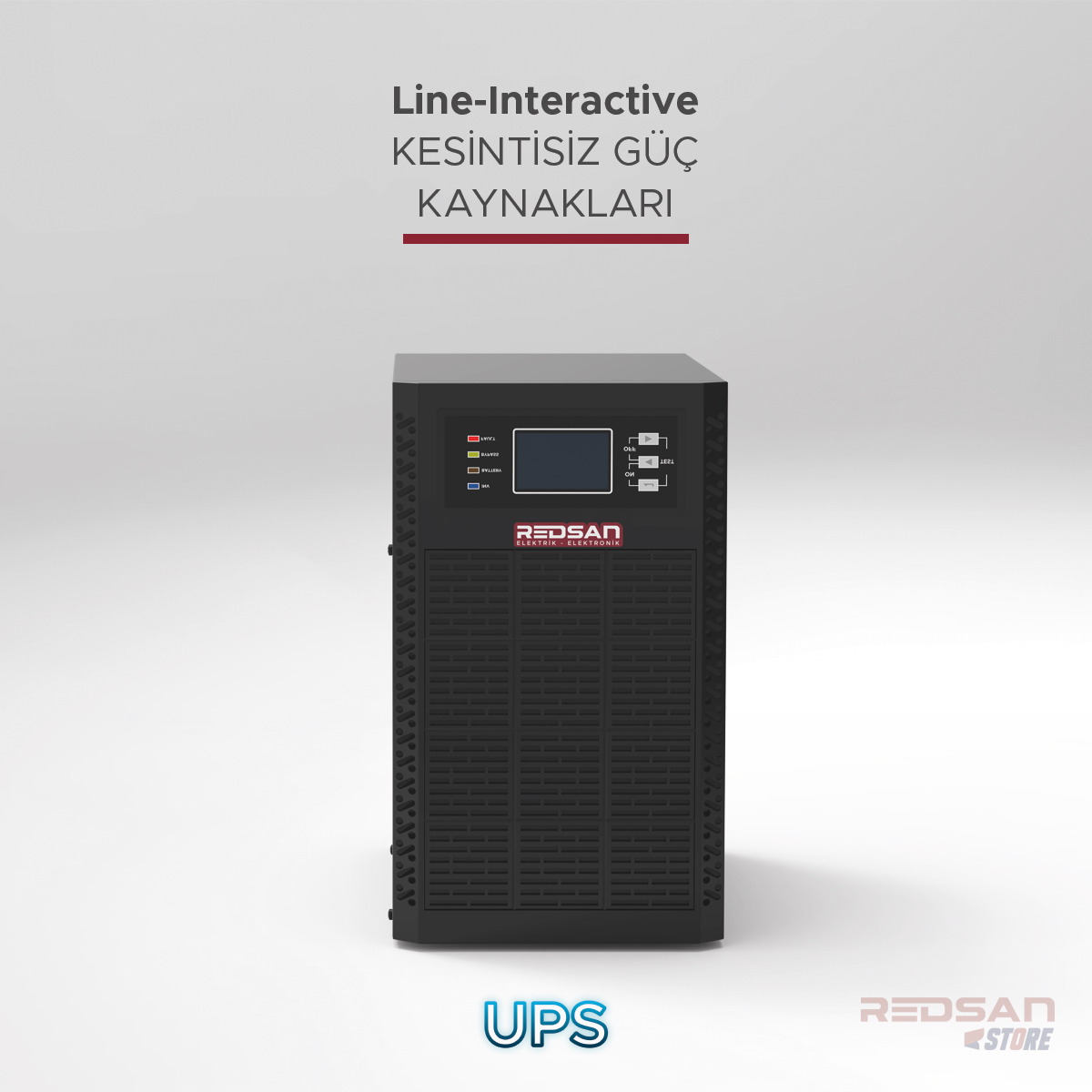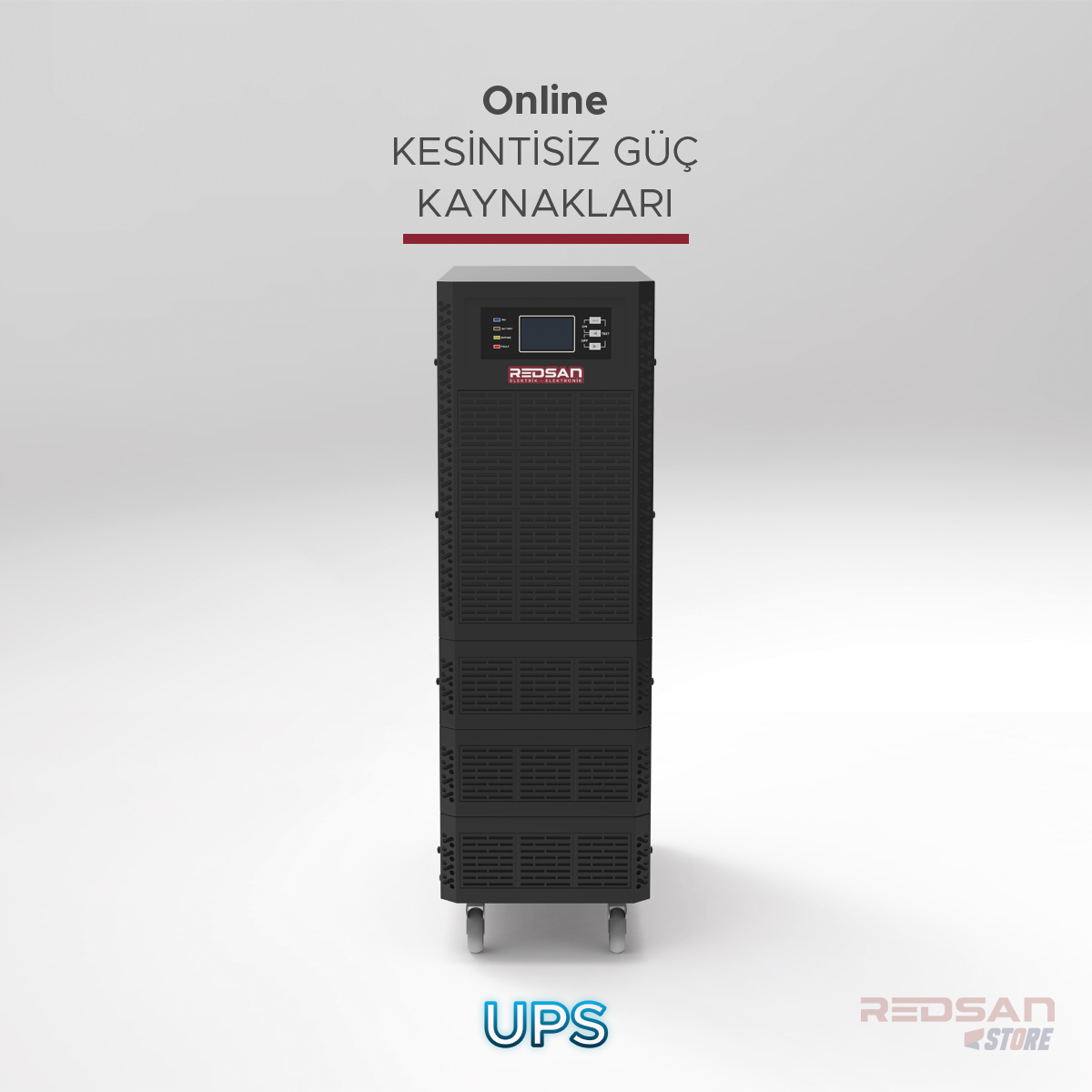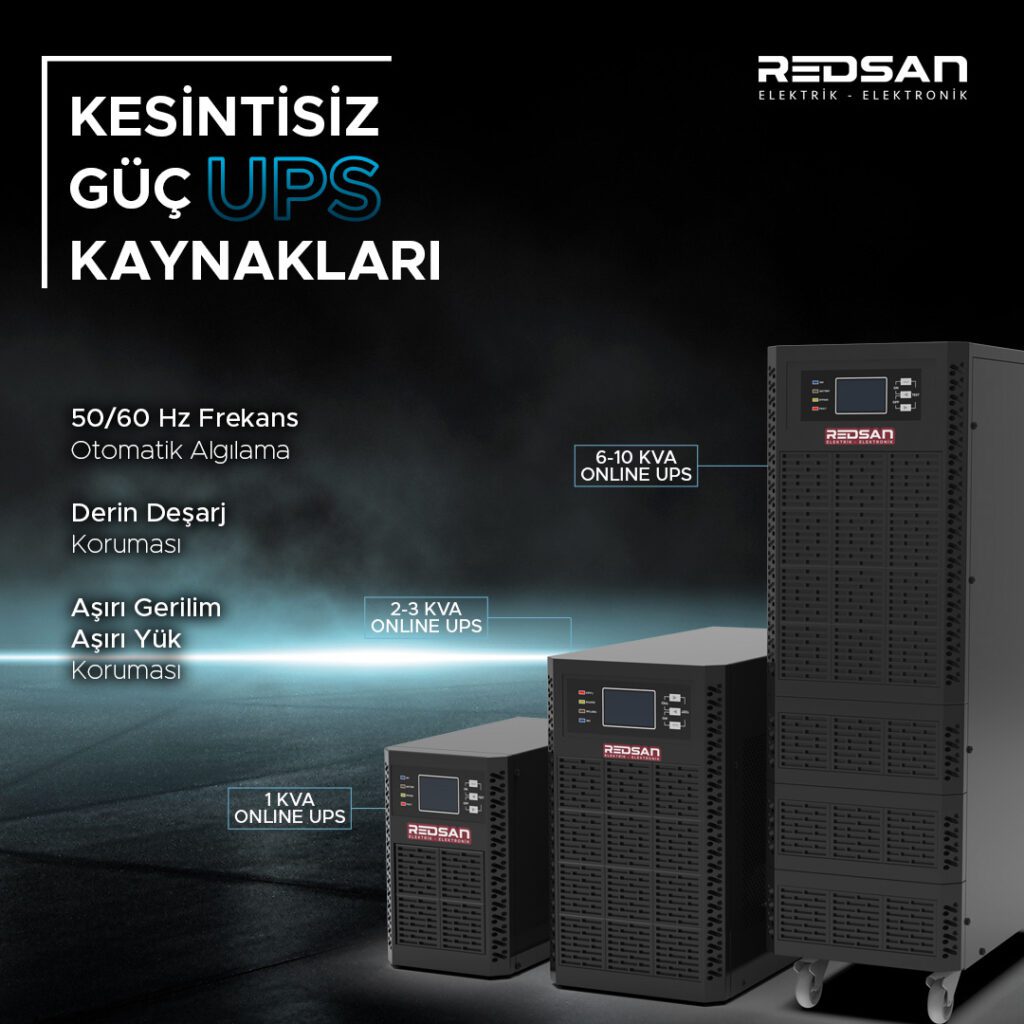Uninterruptible Power Supply
It is a critical component to protect modern businesses from the negative effects of power outages. These powerful pieces of equipment provide continuous and uninterrupted power to systems during power outages, preventing data loss and ensuring business continuity. UPSs are available in various types and can be customized according to the needs of businesses.
Available in three main types - Offline, Line-Interactive and Online uninterruptible power supplies - UPSs come with different power capacities and features.
General characteristics of uninterruptible power supplies include factors such as backup time, efficiency, capacity and traceability. Backup time determines how long it takes to power systems during a power outage, while efficiency ensures energy savings. Capacity determines the number of devices a UPS can connect and the maximum power load, while traceability features enable remote monitoring and management of the UPS's status.
Uninterruptible power supplies are an important investment that businesses can make to ensure reliability and continuity. The right choice of uninterruptible power supply and regular maintenance are essential to prevent potential data loss and business downtime caused by power outages. By collaborating with a professional electrical expert, you can find the best UPS solution for your business needs and ensure business continuity.
Uninterruptible Power Supply Types


Offline UPS
Offline Uninterruptible Power Supplies have a toggle switch that provides AC power under normal conditions, these systems provide power from the battery when the AC power supply fails. The switching time is usually between 2-10 milliseconds.


Hat Etkileşimli UPS
The Line-Interactive UPS uses an inverter that continuously converts AC input power into the correct voltage and frequency. Batteries are used to power devices when AC input power is not available. This system provides voltage regulation along with the ability to provide uninterrupted power.


Online UPS
In online UPS systems, AC power passes continuously through the inverter and loads are fed directly from the inverter. This ensures uninterrupted power and protection from AC power fluctuations. Batteries are activated when there is no AC input power and there is a failure of the inverter.


